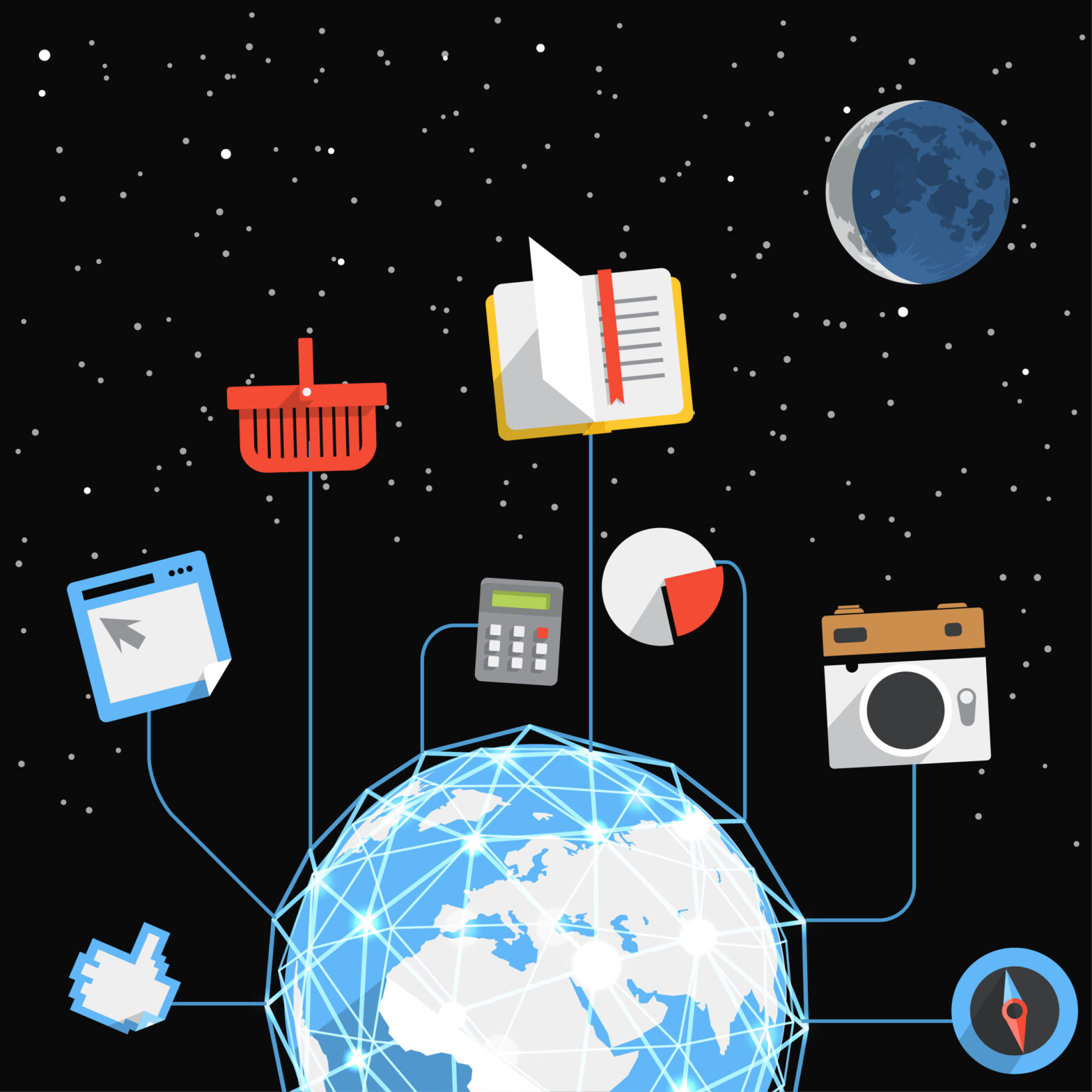As the Internet of Things (IoT) grows over the next few years, the money-making opportunities in security and data management will grow alongside it, according to a new study from Beecham Research. A large part of this will be around the intelligence needed to manage the ‘edge’ of networks, beyond cellular connectivity.
Due to the growing complexity of IoT applications and trend to consumer-driven, multi-service environments such as smart cities, cars and homes, there is a growing need to manage ‘edge’ devices such as sensors, switches, smartphones and tablets, connected using a variety of short range wireless and fixed line technologies.
> See also: Is the Internet of Things already getting ahead of enterprise security?
With this pace of change, companies will increasingly rely on outsourcing.
‘We expect that revenues from device authentication, device management, data management, billing and security will exceed $3billion by 2020,’ said Saverio Romeo, author of the Beecham Research report. ‘And out of these, we see security and data management services generating some $1.8billion alone.’
While data management for IoT is currently a small market, Beecham Research believes that it has the most potential for high gross margins. But out of all the enabling services, the new report highlights IoT security as the most strategic, across the network, device and services domains.
‘While many market players still see security as a cost rather than a business opportunity, this is changing and we see IoT security providers offering high-value, end-to-end security to service and application providers,’ says Romeo.
> See also: Gartner’s Internet of Things predictions
The report also highlighted authentication, device management and billing as some of the other biggest areas of growth potential for enabling services in an IoT environment.
‘We see many changes in requirements for these enabling services in the IoT market now compared with just a few years ago,’ said Robin Duke-Woolley, Beecham Research CEO. ‘Our current research is assessing the impact of this on the Connectivity Services layer, the Application Enablement layer, and on other services that span both of these.’







